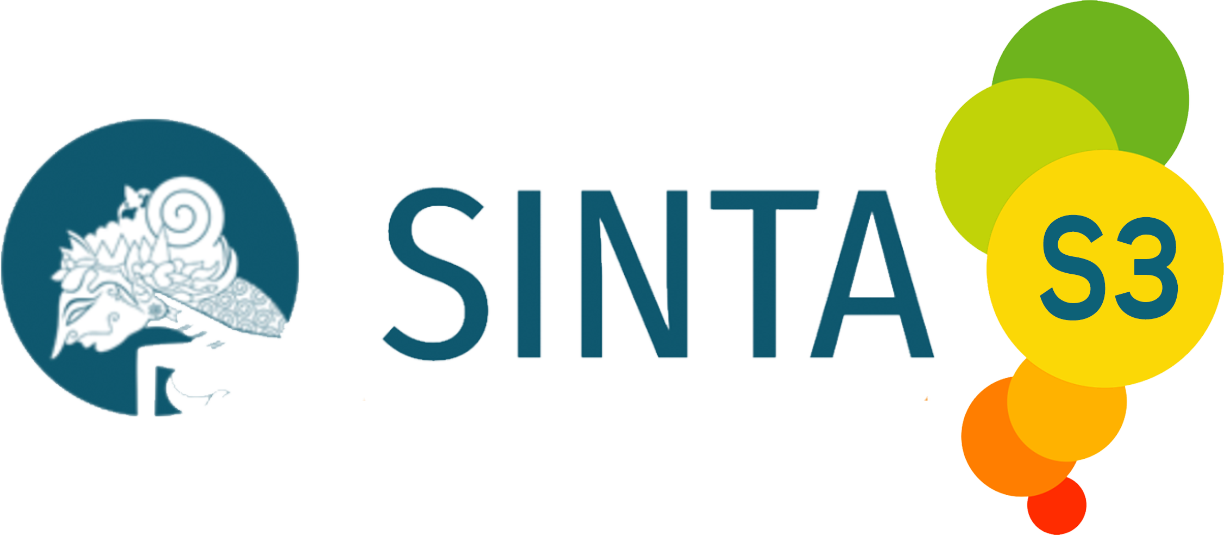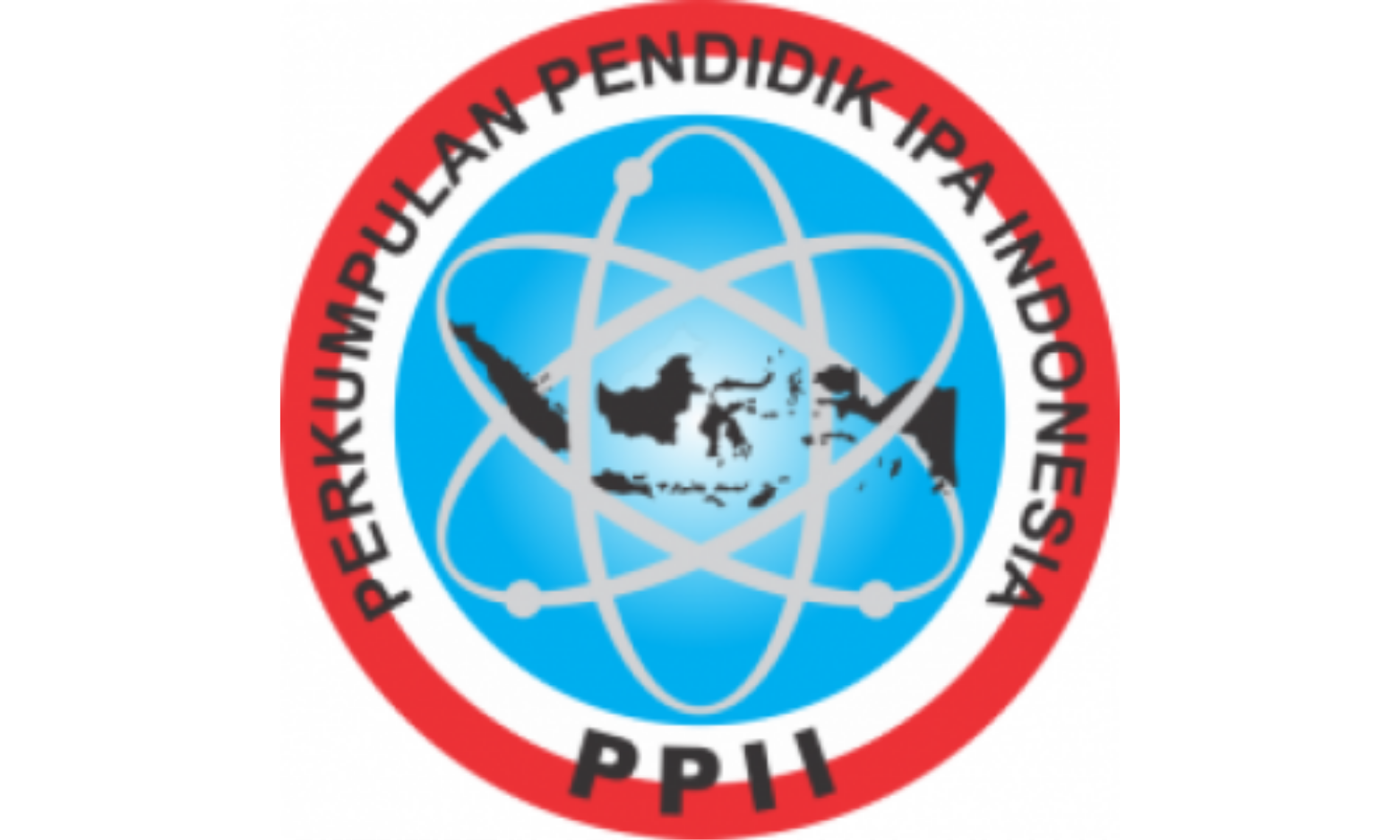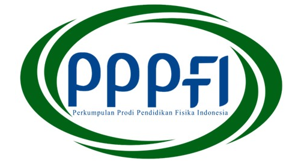CORRELATION OF SYMBOLIC LANGUAGE AND CAUSE AND EFFECT RELATIONSHIP TO MATHEMATIC MODELING IN SENIOR HIGH SCHOOL PHYSICS LESSONS
DOI:
https://doi.org/10.15575/jotalp.v7i1.11009Keywords:
generic science skills, symbolic language, causal relationships, mathematical modellingAbstract
The generic science skills are the basic abilities that must be possessed by every student who studies science. This ability consists of various indicators namely direct observation, indirect observation, symbolic language, logical inference, causal relations, mathematical modeling, and construct concepts. This study only focused on indicators of symbolic language, causal relationships, and mathematical modeling. This research is a correlation study that aims to find out the relationship between symbolic language abilities and causal relationships on mathematical modeling abilities in physics subjects. The results of the study indicate that there is a relationship in the ‘sufficient’ category between symbolic language abilities and causal relationships to mathematical modeling abilities in physics subjects. Suggestions for further researchers are that in the learning process it should focus on the science process, which needs to guide students to develop their generic abilities in science, especially physics.
References
Agustin, I., Amin, A., & Arini, W. (2019). Penerapan pendekatan scientific terhadap aktivitas belajar fisika siswa kelas X SMA Negeri 3 Lubuklinggau tahun pelajaran 2018/2019. Silampari Jurnal Pendidikan Ilmu Fisika, 1(2), 121–129. https://doi.org/10.31540/sjpif.v1i2.793
Bahri, S., Rahayu, M., Sari, D. K., & Simbolon, M. (2020). Analysis of information and communication technology literacy capabilities to the high school physics teacher in Merauke. Gravity : Jurnal Ilmiah Penelitian Dan Pembelajaran Fisika, 6(1), 47–53. https://doi.org/10.30870/gravity.v6i1.6365
Baihaqi, H. K., Jumadi, J., & Zakwandi, R. (2021). Seeing the Role of PCK and TPACK from the Perspective of Science Education Researchers in 2018-2020: What's Next?. Jurnal Pendidikan Sains (JPS), 9(2), 171-180. https://doi.org/10.26714/jps.9.2.2021.171-180
Brotosiswoyo., B. S. (2000). Hakekat pembelajaran fisika di perguruan tinggi. Departemen Pendidikan Nasonal.
Davidi, E. I. N., Sennen, E., & Supardi, K. (2021). Integrasi pendekatan stem (science, technology, enggeenering and mathematic) untuk peningkatan keterampilan berpikir kritis siswa sekolah dasar. Scholaria: jurnal pendidikan dan kebudayaan, 11(1), 11-22. https://doi.org/10.24246/j.js.2021.v11.i1.p11-22
Dinata, P. A.C., Rahzianta, R., & Suparwoto, S. (2018). The Students’ Mental Model about Newton’s Third Law In Indonesia. Unnes Science Education Journal, 7(2). https://doi.org/10.15294/usej.v7i2.23366
Dinata, P. A. C., Suparwoto, S., & Sari, D. K. (2020). Problem-based online learning assissted by whatsapp to facilitate the scientific learning of 2013 Curriculum. Berkala Ilmiah Pendidikan Fisika, 8(1), 1–11. https://doi.org/10.20527/bipf.v8i1.7647
Dinata, P.A.C., & Suparwoto, S. (2018). Problem-based learning with jukung and balogo to improve students’ mental model in south borneo. Journal of Physics: Conference Series, 1097(1), 012026. https://doi.org/10.1088/1742-6596/1097/1/012026
Dinata, P. A. C., Rahzianta, R., & Suparwoto, S. (2018). The Students’ Mental Model about Newton’s Third Law in Indonesia. Unnes Science Education Journal, 7(2), 146–155. https://doi.org/10.15294/usej.v7i2.23366
Lämsä, J., Hämäläinen, R., Koskinen, P., & Viiri, J. (2018). Visualising the temporal aspects of collaborative inquiry-based learning processes in technology-enhanced physics learning. International Journal of science education, 40(14), 1697-1717. https://doi.org/10.1080/09500693.2018.1506594
Lestari, W. M., Ariani, T., & Gumay, O. P. U. (2018). Pengembangan bahan ajar fisika berbasis scientific approach. SPEJ (Science and Physic Education Journal), 2(1), 18-29. https://doi.org/10.31539/spej.v2i1.435
Mashami, R. A., & Khaeruman, K. (2020). Pengembangan Multimedia Interaktif Kimia Berbasis PBL (Problem Based Learning) untuk Meningkatkan Keterampilan Generik Sains Siswa. Hydrogen: Jurnal Kependidikan Kimia, 8(2), 85-96. https://doi.org/10.33394/hjkk.v8i2.3138
OECD. (2016). PISA 2015 results in focus. PISA.
OECD. (2018). PISA 2018 Results. Combined Executive Summaries. https://doi.org/10.1017/CBO9781107415324.004
Pujani, N. M. (2018). Pelatihan Pembuatan Alat Peraga Ilmu Pengetahuan Bumi Antariksa bagi Kelompok Guru SMP dan SMA Lab. Undiksha Singaraja. International Journal of Community Service Learning, 2(1), 1-9. http://dx.doi.org/10.23887/ijcsl.v2i1.13681
Sari, D. K., Supahar, S., & Ralmugiz, U. (2018). The influence of android-based isomorphic physics (Forfis) application on analogical transfer and self-diagnosis skill of students at SMA Negeri 3 Kupang. Jurnal Pendidikan IPA Indonesia, 7(2), 154–161. https://doi.org/10.15294/jpii.v7i2.14268
Sari, D., Simbolon, M., & Reski, A. (2019). Utilization Isomorphic Physics (FORFIS) Application to Improve Physics Analogical Transfer Skill of Senior High School Students. Proceedings of the International Conference on Social Science 2019 (ICSS 2019). https://doi.org/10.2991/icss-19.2019.206
Sari, D K. (2020). Analisis instrumen penilaian kemampuan pemodelan matematis pada kelas fisika menggunakan rasch model. MEGA: Jurnal Pendidikan Matematika, 1(1), 46–52.
Sartika, D. (2019). Pentingnya pendidikan berbasis STEM dalam kurikulum 2013. Jurnal Ilmu Sosial Dan Pendidikan, 3(3), 89–93. http://dx.doi.org/10.36312/jisip.v3i3.797
Sugiono. (2007). Statistika untuk penelitian. CV. Alphabeta.
Sutarno. (2011). Penggunaan multimedia interaktif pada pembelajaran medan magnet untuk meningkatkan keterampilan generik sains mahasiswa. Jurnal Exacta, 9(1), 60–466.
Widodo, W., & Sriyono, H. (2020). Strategi pemberdayaan guru dalam meningkatkan mutu pendidikan. Faktor Jurnal Ilmiah Kependidikan, 7(1), 7–12. http://dx.doi.org/10.30998/fjik.v7i1.5628
Yulkifli, Y., Ningrum, M. V., & Indrasari, W. (2019). The validity of student worksheet using inquiry-based learning model with science process skill approach for physics learning of high school. Jurnal Penelitian & Pengembangan Pendidikan Fisika, 5(2), 155-162. https://doi.org/10.21009/1.05210
Yusup, M. (2013). Pendekatan pemodelan matematis dalam pembelajaran fisika. Jurnal Penelitian Pendidikan. 1-5
Zakwandi, R., Yuningsih, E. K., & Setya, W. (2020). Implementasi Pembelajaran Berbasis Praktikum Pada Konsep Taraf Intensitas Bunyi untuk Meningkatkan Penguasaan Konsep Peserta Didik. Jurnal Penelitian Pembelajaran Fisika, 11(1), 75-82. https://doi.org/10.26877/jp2f.v11i1.4522
Downloads
Published
Issue
Section
Citation Check
License
Journal of Teaching and Learning Physics is licensed under a Creative Commons Attribution-NonCommercial-NoDerivatives 4.0 International License








